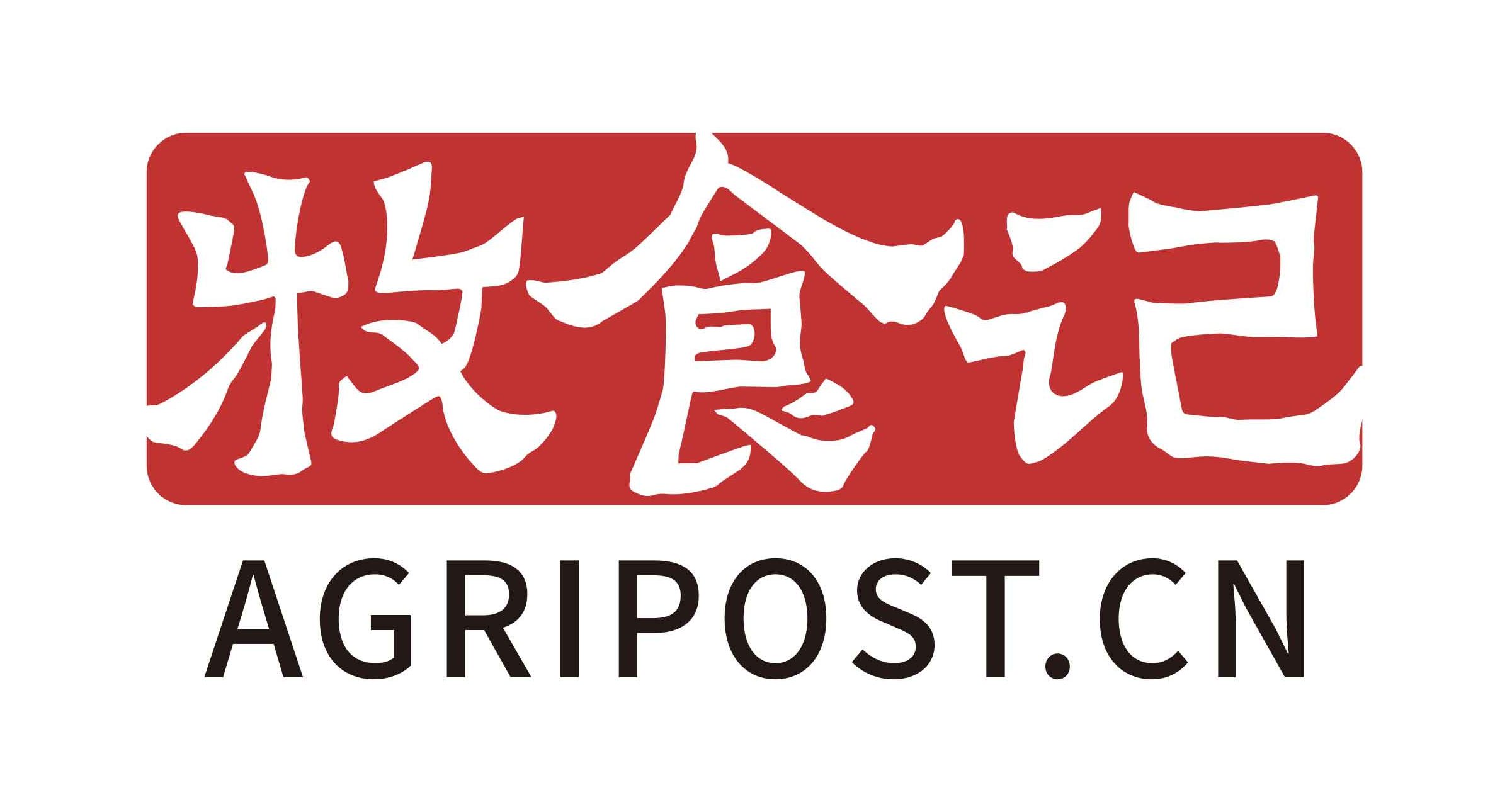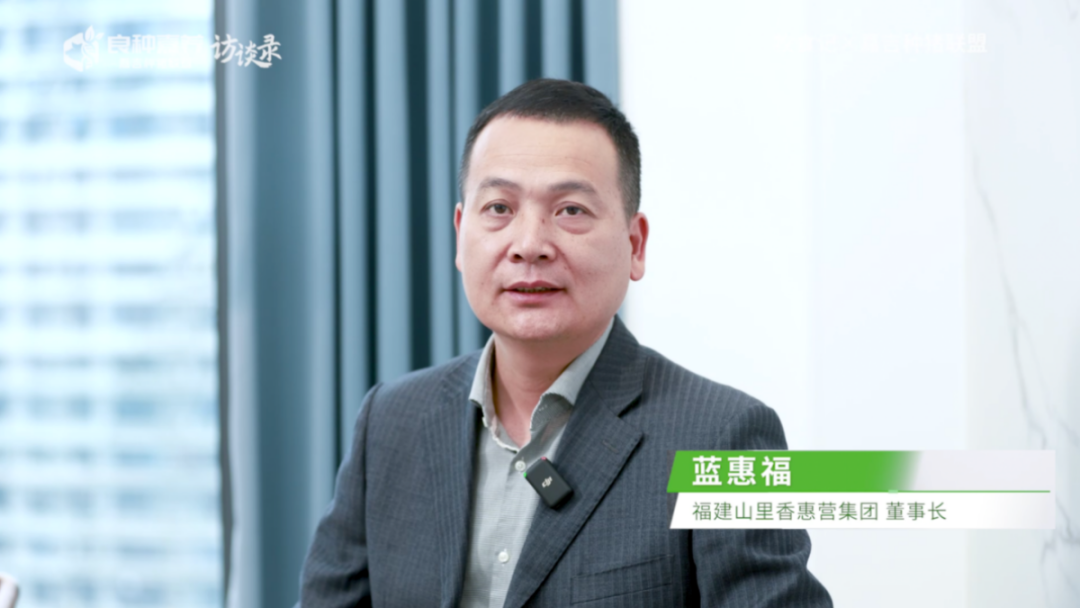In April 2025, Wens Foodstuff reached a record high in piglet input and lowered production costs to CNY 12 per kg, driven by stronger biosecurity, operational precision, and breeding performance. The company views China’s pig sector as transitioning from rapid expansion to long-term efficiency and systemic competitiveness. Wens strategy now focuses on innovation, data-driven management, and genetic optimisation—all shaped by lessons learned during the ASF crisis.
In April 2025, Chinese agribusiness heavyweight Wens reported its highest-ever monthly piglet input, while simultaneously lowering production costs across its operations. With a slaughter rate of 93%, the company credits improved biosecurity and production precision for its strong performance.

Cost Efficiency through Internal and External Synergies
Wens achieved a comprehensive pig production cost of CNY 12 per kg, marking a reduction of CNY 2.6 per kg compared to the same period in 2024. The company attributes 40% of this cost decline to market-driven factors—such as lower input prices and reduced sow elimination costs—while 60% stems from improved internal performance. “There’s no finish line for cost-cutting and performance improvement,” a company spokesperson commented, underscoring Wens long-term efficiency mindset.
From Expansion to Systemic Competitiveness
According to Wens, China’s pig industry is undergoing a structural transformation—from rapid-scale expansion to a more refined focus on cost control and systemic efficiency. The days of “100-meter sprint” growth are giving way to what the company describes as a “marathon”—one that rewards discipline, patience, and innovation.
This shift is evident in Wens production strategy. Rather than chasing volume, the company is optimizing operations through data-led decision-making, better breeding, and stronger farm-level management.
Strong Breeding Base and Operational Readiness
As of March 2025, Wens had 1.85 million breeding sows, already meeting its year-end target. With its reproductive herd in place, the company will now focus on eliminating low-performance and non-core genetic lines to improve reproductive output and piglet performance.

Plans are in place to enhance breeding selection, feed conversion, and labor productivity—all key pillars in the next phase of cost reduction. At the same time, Wens intends to increase meat output per unit area and deliver higher-quality pork to meet evolving consumer expectations.
Post-ASF Evolution: From Crisis to Capability
The legacy of African Swine Fever (ASF) has reshaped Wens from the inside out. Once dependent on intuition and legacy experience, the company now embraces biotechnology, nutritional science, and digital tools to bolster biosecurity and disease resilience.
Today’s operations are underpinned by data models, incentive-based management systems, and strict internal oversight—factors that have replaced earlier, less formal practices. As a result, Wens reports greater transparency and higher managerial effectiveness.
Financial Stability Supports Strategic Goals
Wens also reported improvements on the financial front. As of April 2025, the company’s debt-to-asset ratio stood at approximately 50%, with a year-end target of 45%. This deleveraging trend reflects Wens emphasis on sustainable growth and long-term resilience.
AgriPost.CN – Your Second Brain in China’s Agri-food Industry, Empowering Global Collaborations in the Animal Protein Sector.




